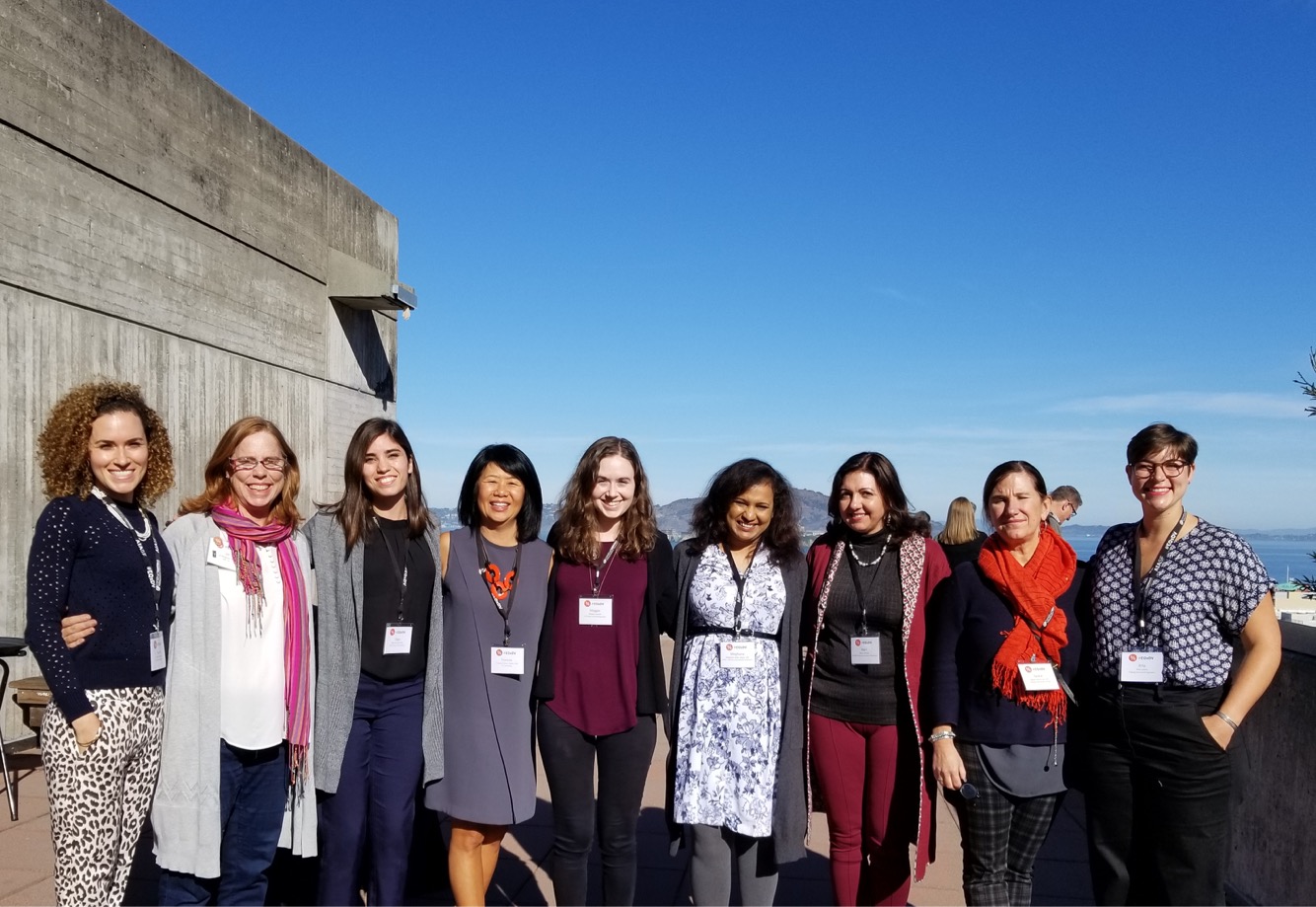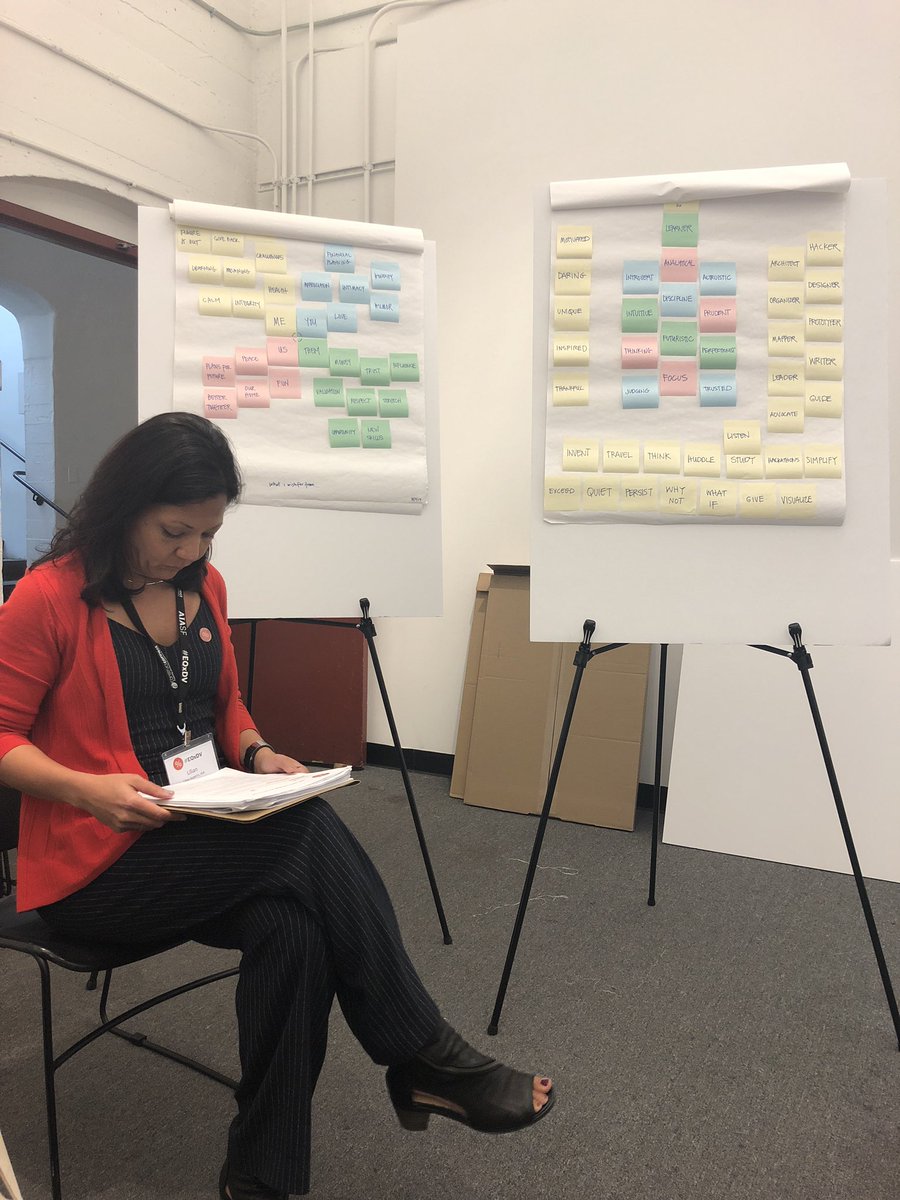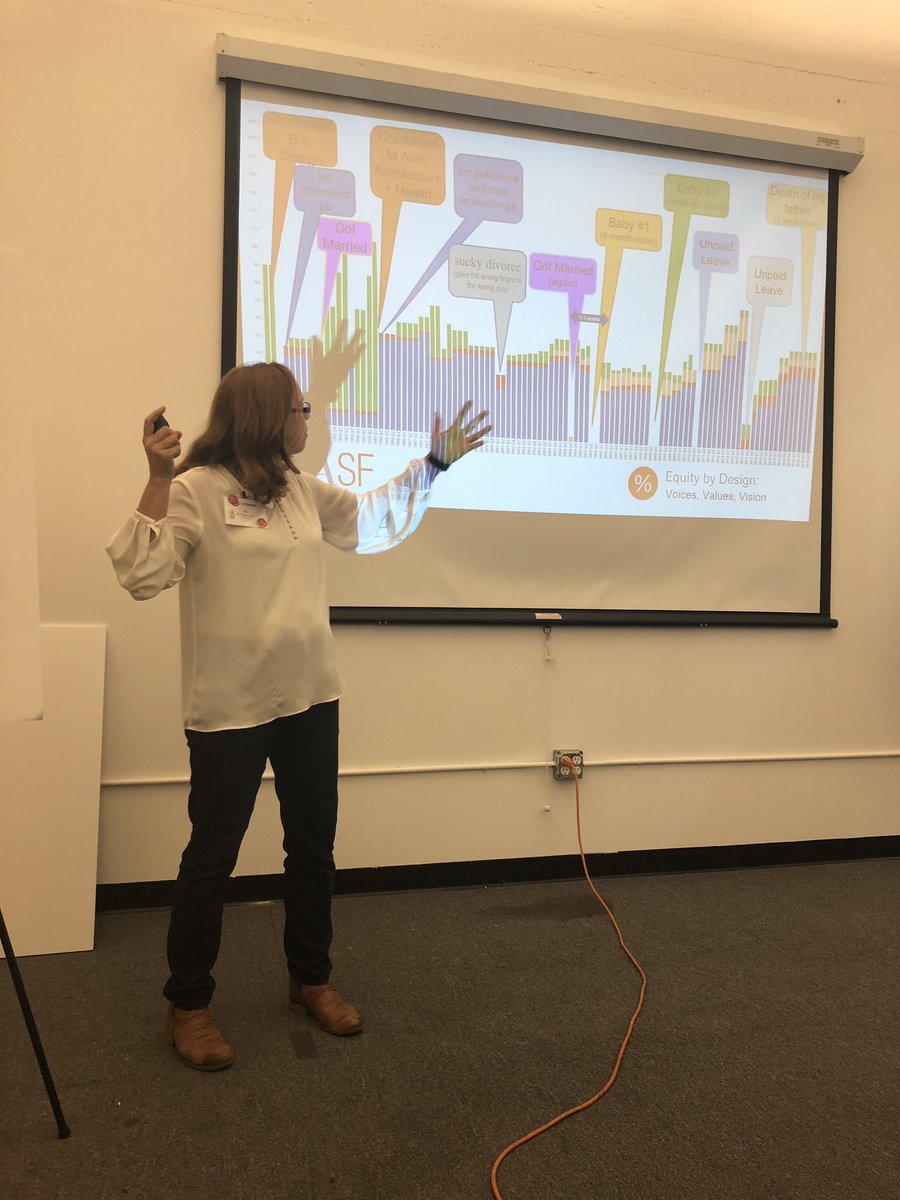Written by Meghana Joshi, Associate AIA
December, 2014. Barely coming out of the recession, I was working on commercial/ light industrial projects as an independent architectural consultant while balancing raising my two daughters, fourteen and eight at the time. Although architecture as a profession was clawing its way up from the Great Housing Depression, not everyone was employed to maximize their abilities. Being an immigrant woman of color, a mother, and a recent transplant from Pasadena to Irvine, I didn’t have the network and resources I needed to connect with companies that aligned with my interests. At that point, I was not a member of AIA Orange County yet. One fine day, while surfing the internet for current and relevant articles on architecture, I came across Rosa Sheng, and the initiative (originally known as) “The Missing 32%”. That was the straw I was looking to grasp, and I haven’t looked back ever since.
#EQxDV Plus One Scholarship Recipients and Mentors
This year, I was selected to participate in the “Plus One” scholarship program for 2018 Equity by Design Symposium. In celebration of the #EQxDV 5 year founding anniversary, Equity by Design paid it forward with five “Plus One” scholarships for students and emerging professionals to attend the symposium, and connect with five EQxD Mentors/ Champions to share insights on their careers in the built environment. My fellow “Plus One” cohorts were Olga Bracamontes, Taylor Holloway, Maggie Gaudio, and Itria Licitra. We were each paired with a mentor, and mine was Mani Ardalan Farhadi.
Mani and I have known each other virtually for the past year, bonding over topics related to archimoms (mothers in the profession of architecture) and equitable future in the profession. She is a Senior Facilities Planner at Stanford School of Medicine, “Thought Leader” with Equity by Design, “Citizen Architect” formerly on the Los Gatos Union School District Board, Publicist at AIA Silicon Valley’s Women in Architecture Committee, and former blog editor at the Iranian American Women Foundation. It was a perfect mentor-mentee pair, with similar (and several!) work and life integration/ challenge parallels.
“What we see is that the gap between white men and women has narrowed, but meanwhile the gap between white men and people of color has gotten wider over time,”
As a volunteer for the survey preparation and an AIA member taking the survey, this was a surreal moment where I was part of past, present and future of an equitable profession. Reality in the shape of graphs stared at me, and I wondered, why the denial? More data followed, showing how women of color with a master’s degree in architecture will earn significantly less than a white male with a bachelor’s degree in architecture.
Natalie Tse, a presenter of “Building an Equitable Workplace from the Bottom Up”
I attended a break out session titled “Building an Equitable Workplace from the Bottom Up”, and listened to Natalie Tse share her story of juggling caregiving and a career as a structural engineer, while also being the cofounder of SE3 Project (geared towards equitable future in Structural Engineering). Natalie’s story of Asian upbringing and the need for self-care resonated with me. As a mother of two, with a full-time job,the Chair of Women in Architecture Committee for AIA Orange County, as well as an ARE test taker, I admit that self-care is on the bottom of my list. Post symposium, I am rethinking self-care, and have made a promise to myself to never let my sleep or health suffer for anything.
During lunch break, the courtyard at the San Francisco Art Institute was filled with the energy and diverse voices of architecture, who were ready to transform the future of the profession. We networked, exchanged contact information, shared our stories, and wished each other success in our chosen paths. We got lunch and broke out into smaller groups.
Mani and I shared our backgrounds and stories. Within minutes into the conversation, Mani gave tips on how to handle performance reviews and negotiate for promotions/ pay raises. She explained how to prepare a folder with printed material and communication showcasing my accomplishments throughout the year, document over-time hours, and all examples that demonstrate going above and beyond my job duties. She advised me to do market research, be assertive, and acknowledge what I deserved without hesitation. Unfortunately I had just finished my review before the symposium, but there is always next year! I am so grateful for this unique experience. Mani is everything I would like to be as an archimom down the lane, willing to share her struggles, her triumphs, and her journey.
Later in the afternoon, I attended the breakout session “Chart Your Path” with Lilian Asperin (left) and Jill Bergman (right). This session integrated work, life, and everything that requires strategic mapping of professional development. Lilian shared her story (I Unsubscribed), and her visual mapping method using analogue tools (post-its!) to find patterns that guide your decision making. Jill shared how you can add more to who you are with a strategic growth plan. I worked on Jill’s method, and realized that I have a short term goal, a long term goal, but not a vision! This was my biggest take-away from the symposium. Seemingly simple, yet complicated when you sit down with a pen and paper. The path is never linear but the plan is, with the ability to meander and course-correct.
Rosa Sheng’s inspirational keynote at the end of the symposium brought almost everyone to tears, as she shared the story of her archimom’s dinner invitation with Steve Jobs. It was very sentimental, touching, and inspiring at the same time. Networking in the courtyard followed, with everyone sharing their takeaways and influences from the symposium. I made new friends, met my social media friends and influences, and connected with more like-minded people.
The EQxDV Symposium was inspiring and energizing, and there is a renewed fire within my soul to do more, to be more.
Two weeks after the symposium, I have taken my plans and goals more seriously than ever. A lot of thought has gone into the direction I want my career to take. The vision board is still a work in progress, and I know there will be challenges in the years to come as I transition from an actively involved parent to an empty nester to primary care-giving. But, to make this vision my own, and not my employer’s or my mentor’s, will help me become my authentic self and give my heart and soul to what I truly believe in.
When I drove to the symposium, I knew I was joining the Board of Directors for AIA Orange County, but I didn’t have a two-year plan. Post symposium, I know what I want to work towards… I am the Director of Diversity, Equity and Inclusion - aligning with the Strategic Plan developed by AIA Orange County. In that role, I will be the champion of change and an advocate for equity, or a JEDI Master (Justice, Equity, Diversity & Inclusion) as Rosa Sheng puts it.
"Their goal wasn't to stand out because of their differences; it was to fit in because of their talents.”
- Margot Lee Shetterly, Hidden Figures
This quote sums up what women, people of color, LGBTQIA+ aspire to achieve through an equitable framework for a better future. In an ideal world, nothing other than work ethics and talents should matter. Unfortunately, we need equitable frameworks, knowledge and intercultural intelligence (ICQ) to help dismantle the system barriers that prevent advancement. Architecture is a profession that can benefit from diverse experiences to shape our built communities. No one should feel stifled because of their gender, color or race. Let the learnings from the symposium empower us to seek champions and pay it forward by mentoring the next generation.
My tweets from the symposium: @meghanaira
My Instagram story from the symposium: @meghanaira
If you liked this post, please view the other posts here:
#EQxDV “Plus One” Voices: Speaking Up is Hard
#EQxDV “Plus One” The More You Do, The More You Can Do
#EQxDV "Plus One" Voices: How one day can impact your life
#EQxDV: "Plus One" Voices: Belonging Together
#EQxDV “Plus One” Voices: Change starts with Conversation and Community
![IMG-3179[1].JPG](https://images.squarespace-cdn.com/content/v1/5228fb6fe4b03f96f1b81a45/1543379009019-LHEM2MI5OR3REYW506E6/IMG-3179%5B1%5D.JPG)

![IMG-6413[1].JPG](https://images.squarespace-cdn.com/content/v1/5228fb6fe4b03f96f1b81a45/1543379137945-8ZENQ59KSPHBL7ROQHWE/IMG-6413%5B1%5D.JPG)



![y648[1].jpg](https://images.squarespace-cdn.com/content/v1/5228fb6fe4b03f96f1b81a45/1543379203020-DSCMH1YLRV9HGC3IU521/y648%5B1%5D.jpg)



